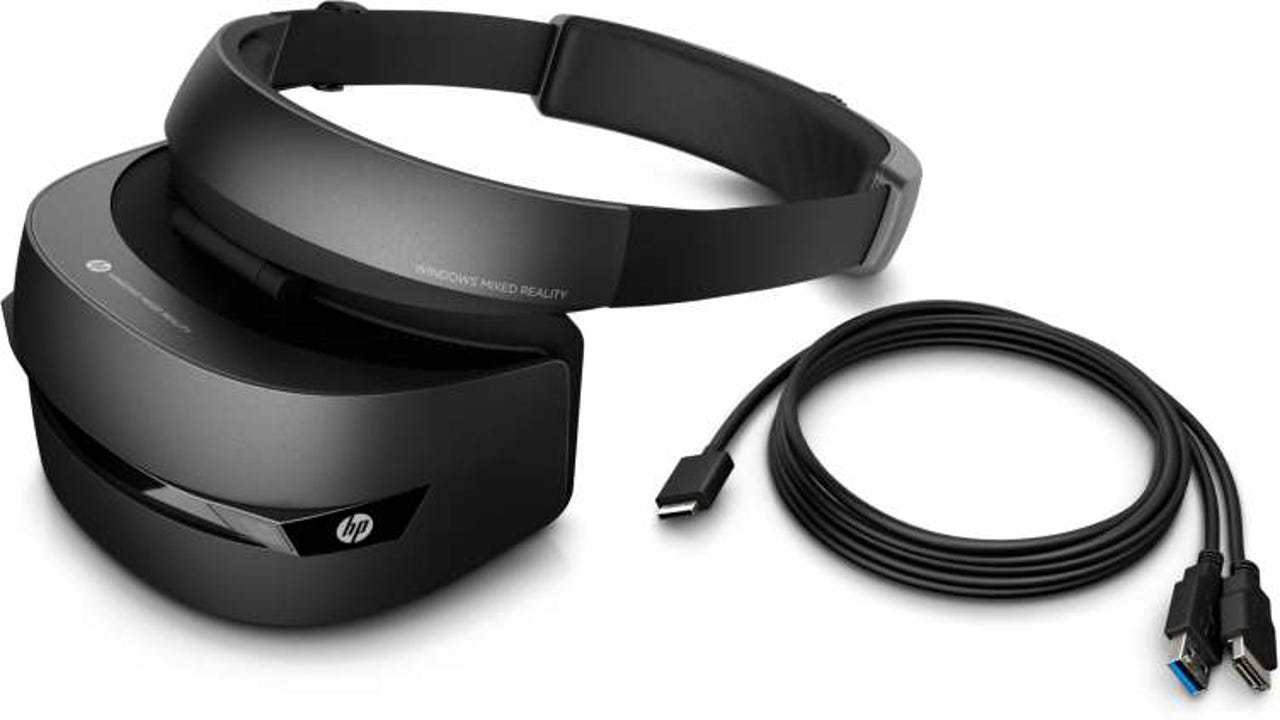For consumers, 'mixed reality' is a muddy message


Microsoft will need to think carefully about its messaging when its partners' first VR headsets arrive this holiday from partners such as Acer and HP.
Only a few years ago, the development of virtual reality that could keep up with the dynamics of head movements was hailed as a game-changing achievement. Yet, while there is still strong progress occurring in VR, which is still in its early days, much of the excitement surrounding it has been eclipsed by augmented reality, the overlaying of digital objects in the physical world.
But don't call it a rivalry. If there's one thing most of the major players in both VR and AR agree on, it is that VR and AR are not competitive technologies or even really different technologies. Rather, they represent different points on a spectrum between the physical world and the virtual one, with VR simply representing a scenario in which there's no physical world presence. Over time, the sensible reasoning goes, products such as headsets will be able to span that spectrum, with imminent headsets that can toggle between letting in and shutting out the outside world. This is why Microsoft is referring to the full spectrum as "mixed reality" even when, in the case of VR, physical reality isn't in the mix.
Microsoft, though, will need to think carefully about its messaging when its partners' first VR headsets arrive this holiday from partners such as Acer and HP. Because while VR and AR are both still relatively new consumer phenomena, there has been far greater activity on the VR side over the past few years from companies such as Oculus, Sony, Samsung, and Google.
In contrast, few people outside of Microsoft developers and the media have had a chance to experience anything like what the HoloLens offers. And with the spectrum of options expanding to include systems based on PCs, smartphones, game consoles, and standalone devices, there is already enough market confusion. Indeed, at Google IO, Google piled on by promising standalone versions of the Daydream headsets that currently require inserting a smartphone. And Apple stands to do the most to drive the dichotomy -- with its iPhone and iPad-based AR -- by popularizing the disassociation of AR from headsets.
At some point, perhaps as early as the next generation of headsets, a credible experience that truly spans AR and VR will lend itself to or perhaps even require adoption of the mixed reality term. For now, though, the continuum between physical and virtual reality has not translated into a consumer experience that reflects a new term. The onus is on AR to make its way into a small but understood virtual reality market. Until it does, the market for mixed reality is for all intents and purposes VR as far as any imminent consumer products in the immediate queue.
Related stories: